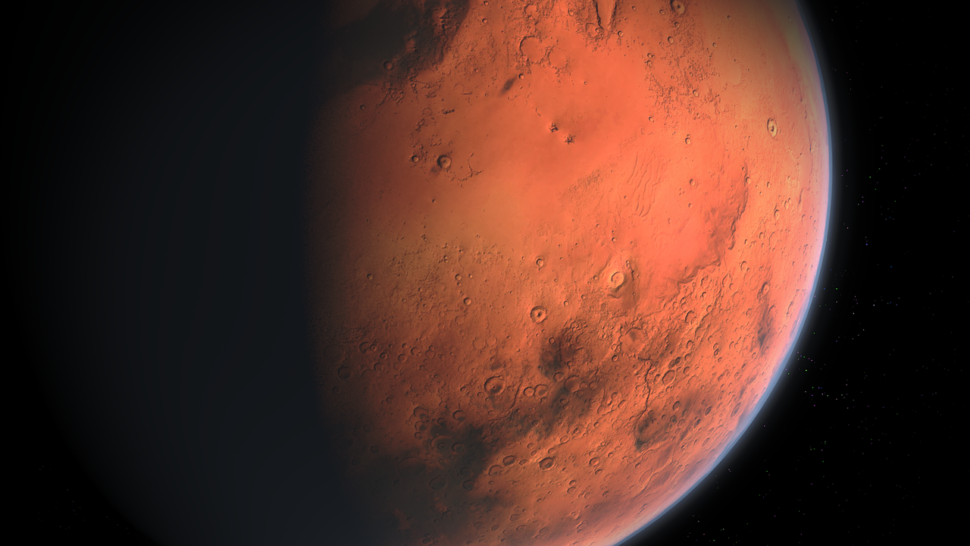Mars may seem like a barren desert world devoid of liquid water. But that’s not the case.
In 2018, a team of Italian scientists discovered a reservoir of liquid water on Mars. Using radar observation from the European Space Agency‘s Mars Express orbiter, the team found the first lake on the Red Planet.
The 20-kilometer-long lake was at the base of thick glacial ice called the South Polar Layered Deposits. At the time, the team suspected that nearby minerals prevented the water from freezing.
At the center of the discovery was Mars Advanced Radar for Subsurface and Ionosphere Sounding (MARSIS). Thanks to this instrument, the team was able to observe and collect the necessary data.
After analyzing the data from MARSIS for two years, the team found three more reservoirs of liquid water on the Red Planet.
In a published paper in Nature Astronomy, the team wrote:
“We suggest that the waters are hypersaline perchlorate brines, known to form at Martian polar regions and thought to survive for an extended period of time on a geological scale at below-eutectic temperatures.”
Here’s how the team found the lakes.
Finding More Liquid Water Reservoir on Mars
For the new analysis, the researchers examined the complete MARSIS dataset, which consists of over 134 radar collection campaigns.
Besides confirming the body of water discovered in 2018, the data also revealed the presence of three others. What’s more, the new lakes are less than 50 kilometers away from the first.
According to the team, the new patches of water share similar characteristics with the one found in 2018.
For one, they all range from an estimated 10 to 30 kilometers in length. Also, the liquid water reservoirs all start at a depth of about 1.5 kilometers below the surface.
With that said, the scientist pointed out that the water won’t be of much use to future Mars colonists.
As said earlier, the water only remained liquid in the frigid temperature because it’s very salty. Even if future settlers could manage to desalinate the water, accessing it would require intense drilling.
While the water may not be drinkable, it could be home to extraterrestrial life. Some microbial life could have evolved to survive in the underground reservoirs on Mars.
However, further research is necessary to explore this possibility.



















Comments (0)
Most Recent